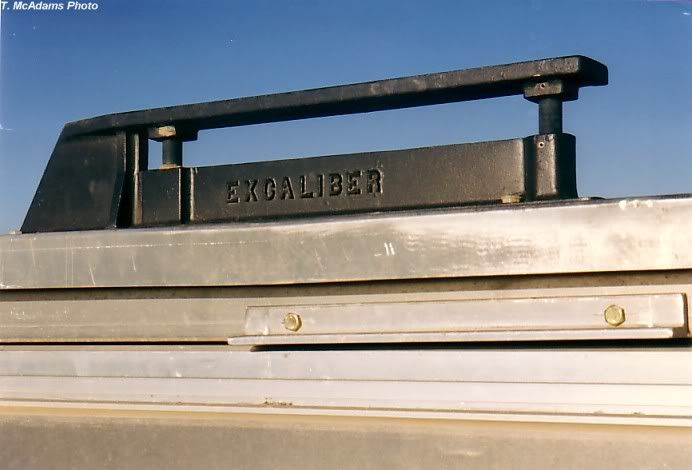The detectors are low power and have low, trackside antennas. From the TAFL (DO49 in my area) the CN ones have an ERP of only 5.5 Watts. and an antenna height of only 3 (metres) or 10 feet. They use a no gain ground plane antenna which looks like a Sinclair SRL 217 to me. The CP ones are listed as having an ERP of 9.0 watts, with an antenna height of also 3 metres, same as the CN detectors, but they use a higher gain antenna, which looks like a colinear, with no radials and typically 3 to 4.5 dBd gain, but I don't recognize the specific model or manufacturer. I'd post photo's of each, if I could figure out how!
Being near Cornwall, I can hear the CN Detector at Mile 67 (Regis) on the Kingston sub loud and clear. on 161.415 MHz., CN Ch. 1. The one at Mile 54 (Lancaster) is weak, even with a good antenna here. I can't hear the one at Mile 80 (Ingleside) at all from home.
If you tell me which company and subdivision you are interested in, I can look up the locations (mileage) of the detectors on that sub in my 2007 edition of the Canadian Trackside Guide. That and the TAFL are your best guide. But be aware that the lat/long in the TAFL listings can be wrong. Whether this is deliberate obfuscation in an attempt to "hide" the detector's location, or honest errors, I can't say. But they are easy enough to find physically once you know what mile they are at. They are almost all near level crossings, for easy access by maintenance crews. I've also noticed they are usually a level crossing or two from a railway comm site. Presumably they are received and recorded by the RTC. With every level crossing being marked as to what mileage it is at, it's fairly straightforward to determine where you are, railway mileage wise.
Speaking of comm sites, their antennas are much higher gain (4 bay exposed dipole arrays like a Sinclair 210C4, or yagis pointed up and down the right-of way) and much higher physically plus higher in power. Again refer to the TAFL file for your area. This explains why you are hearing the RTC comms from much further away. Even the mobiles (trains and MoW trucks) are running much higher power than the detectors.
Hope this helps. If I can assist with my Canadian Trackside Guide listings, let me know.


